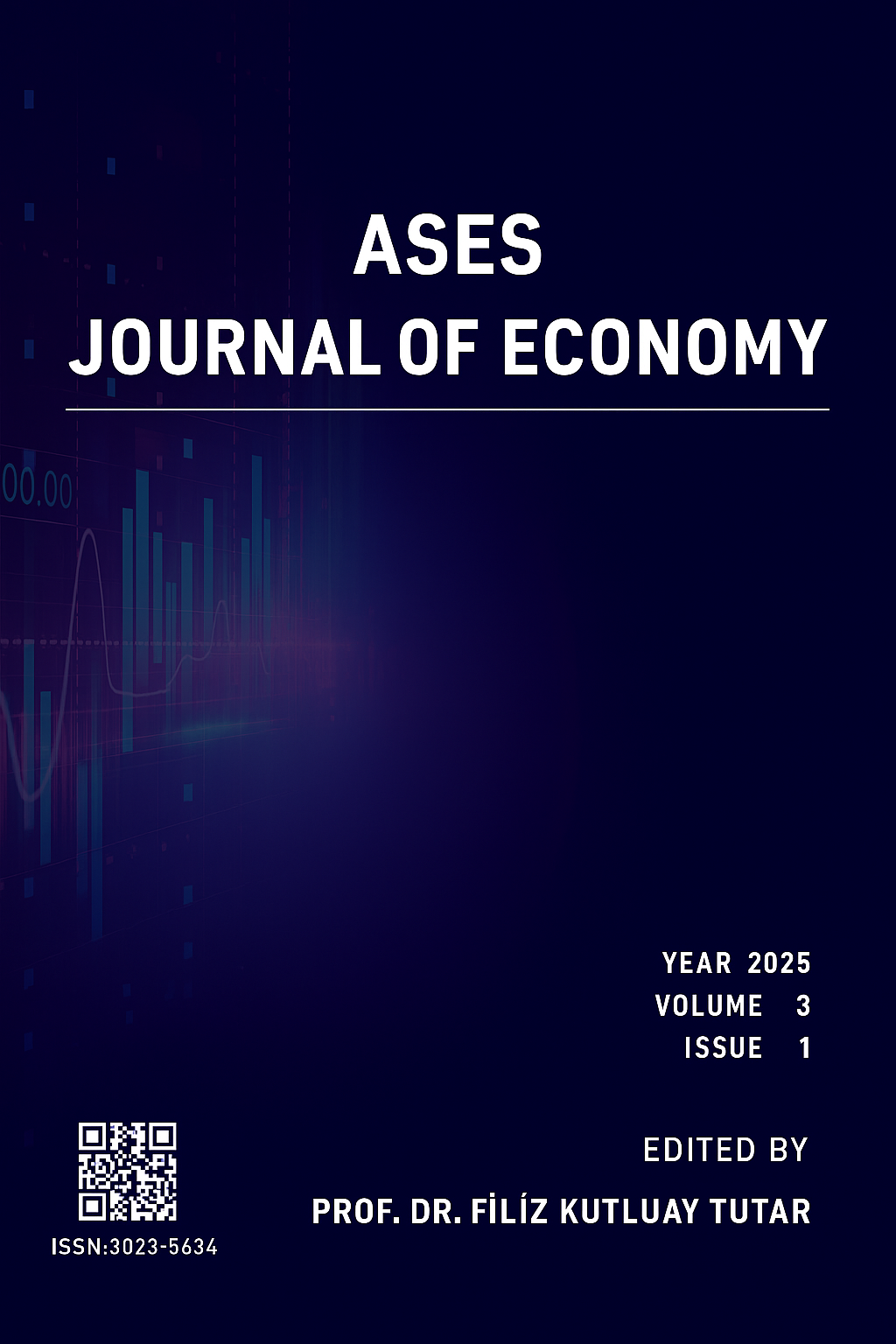Balloon Labor: Does Bad Women's Labor Drives Out Good Women's Labor from the Market?
DOI:
https://doi.org/10.5281/zenodo.15714657Keywords:
Labor, academia, gender.Abstract
Women's labor has an important place in gender studies. In the literature on women's labor, it is seen that labor types such as invisible labor and emotional labor are discussed quite intensively. The concept of balloon labor in our study was used for female workers who could not find the place they were looking for in the academy. In this concept, the academy is thought of as a bubble. Because it is known that in today's world, taking part in the academy is unequal and within the framework of friendly relations. In this context, it can be stated that there is a concentration of academic studies that are constantly repetitive and empty, in a sense balloon. Good labor, on the other hand, is literally jumping around on this academy bubble and cannot get into the bubble. According to Gresham's Law, "bad money drives out good money." The labor version of this law is stated in the study as "bad labor drives out good labor of the academy market." adapted as. In addition, obstacles such as glass ceilings and glass walls are put in place to prevent good labor from entering the market. For example; When the academy announcements given by universities are based on the person to be recruited and the lack of importance given to merit is considered on the basis of gender inequality, it further inflates the balloon in the field of science. To give another example; It is thought that individuals who work in state institutions and continue their academic careers in Turkey are mostly women. Many academics consider it undesirable for women working in these institutions to continue their academic careers at the same time. On the other hand, the teaching requirement in the associate professorship criteria is not only an unequal practice, but also puts female workers outside the academy in a difficult situation. Even though these women have the legal right to teach, their applications to universities are either rejected outright or ignored. Therefore, qualified women's labor is prevented by such practices.
References
Cotter, D. A., Hermsen, J. M., Ovadia, S., ve Vanneman, R. (2001). The Glass Ceiling Effect. Social Forces, 80(2), 655-681.
Eagly, A. H., ve Carli, L. L. (2007). Women and The Labyrinth of Leadership. Harvard Business Review, 85(9), 63-71.
Lindberg, David C. (2007). The Beginnings of Western Science (İngilizce). University of Chicago Press. s. 70. ISBN 9780226482057.
Macleod, H, D. (1896). The History of Economics. London: Bliss, Sands and Co. pp. 38 39, 146, 448 –. Retrieved 7 December 2023 – via Internet Archive.
Ridgeway, C. L. (2011). Framed by Gender: How Gender Inequality Persists in The Modern World. Oxford University Press, United Kingdom.
Ryan, M.K. ve Haslam, S.A. (2005). “The Glass Cliff: Evidence that Women are Over-Represented in Precarious Leadership”, British Journal of Management, (16), 81-90.
Sabharwal, M. (2013). “From Glass Ceiling to Glass Cliff: Woman in Senior Executive Service’’, Journal of Public Administration Research and Theory, June 14, 1-29.
Williams, Christine L. (1992). "Cam Yürüyen Merdiven: "Kadın" Mesleklerinde Erkekler İçin Gizli Avantajlar". Sosyal Sorunlar. 39 (3): 253–267. Doi :10.2307/3096961. ISSN 0037–7791.
Downloads
Published
How to Cite
Issue
Section
License
Copyright (c) 2025 CAHIDE GÖĞÜSDERE

This work is licensed under a Creative Commons Attribution 4.0 International License.



